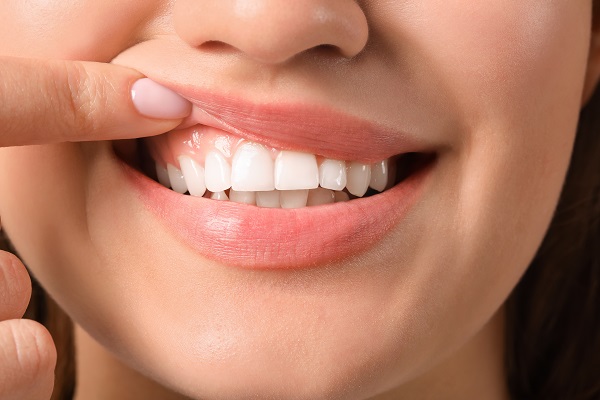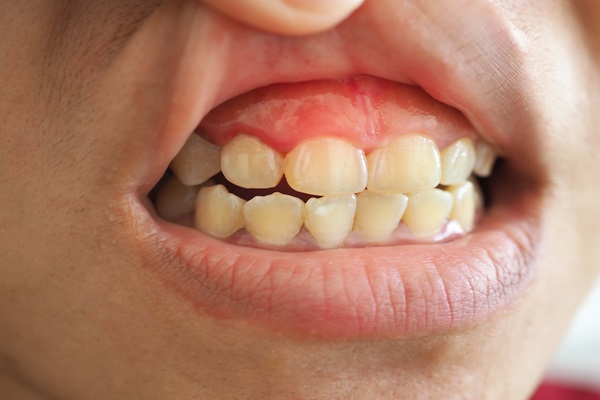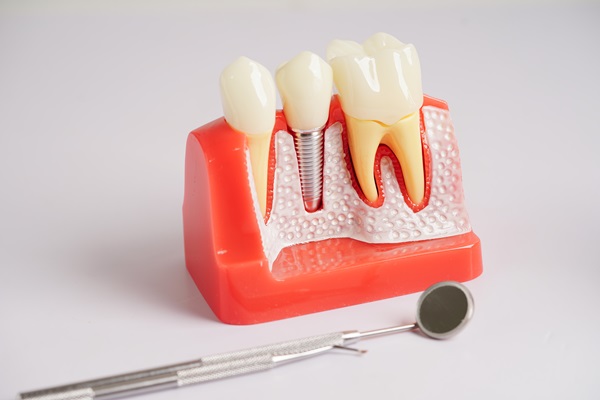How Treating Gum Disease Can Improve Your Smile

Gum disease or periodontitis begins when there is plaque accumulation on your teeth. Your oral health will start to deteriorate at the onset of periodontitis. This will affect your smile in a negative way. If you want to know how treating your gum disease can help improve your smile, here are the facts.
Root planing and scaling
Battling gum disease involves some elaborate in-office procedures. One of them is root planing, combined with scaling. A collective term for these treatments is deep cleaning. The dentist will use an ultrasound and manual scalers to remove plaque and tartar. Most patients need local anesthesia before having this treatment.
The patient must tell the dentist about medications they are taking before the deep cleaning procedure. Some of them might increase the patient’s risk of bleeding. Brushing and flossing daily keep teeth and gums healthy. Routine deep cleaning can prevent the worsening of gum disease. The absence of plaque and tartar results in a bright smile.
Pocket reduction
This procedure reduces the size of gum pockets. Some people have loose teeth. The gums do not hug their teeth anymore after deep cleaning. Keeping these areas of the gums clean may be challenging for some people. People in this situation are candidates for a flap surgery or pocket reduction procedure.
In this procedure, the dentist folds back the gum tissue to remove the bacteria. The dentist will smoothen the damaged bone. This will make the gums reattach to the healthy bone and hug the teeth better. This will make the person’s smile brighter and more stable as well.
Laser periodontal therapy
Good candidates for this treatment can expect promising outcomes. This may be a new therapy, but its benefits are evident. The laser enables the dentist to target the gum disease with accuracy. It is also a less invasive method with shorter downtime. The patient could then return to normal activities and show off a healthier smile.
Gum grafting
Gum disease can also result in gum recession. Gum grafts can help restore the exposed parts of teeth. In this procedure, the dentist will take some healthy gum tissue from the palate or another area of the mouth. This fresh tissue will cover the roots of at least one tooth.
This procedure will help decrease sensitivity. It will also prevent tooth decay while stopping bone loss and gum recession. The patient will take some time to recover. After the recovery period, the patient will not experience discomfort anymore as well.
Removing a periodontal abscess
A gum or periodontal abscess is also a consequence of gum disease. It is a swollen, red lesion along the gumline. Sudden sharp pain in the gums is a reason to see a dentist right away. Treatment of an abscess in the gums will involve draining the area. The dentist will then clean that part of the gums. Then, the dentist will prescribe a course of antibiotics to ensure that the infection will clear up.
Treating gum disease can bring back your beautiful smile
Suffering from periodontitis is never a good thing. Treating this dental condition can take time and many dental visits. With perseverance, you can regain your smile. An appointment with your dentist can confirm which gum disease treatment will suit your needs well.
Are you considering gum disease treatments in the Plainview area? Get more information at http://plainviewdental.com.
Check out what others are saying about our dental services on Yelp: Gum Disease in Plainview, NY.
Recent Posts
Gum disease can become quite serious if it goes ignored; however, with the help of a family dentist, it can be caught early on so that treatment can be quickly started. Family dentists are general dentists that specialize in working with families, which includes both the parents and children. Because family dentists specialize in general…
Preventative dentistry is a branch that focuses primarily on keeping dental issues at bay. Preventing dental issues is cheaper than treating them, and you do not have to deal with the pain and discomfort that comes with oral problems when you stop them from developing in the first place.Preventive dentistry starts with educating patients about…
Before the invention of dental implants, the only options available to replace a lost tooth were dentures or bridges. Today, dental implants offer a solution that looks and feels like a natural tooth. They are attractive and comfortable, and they provide many advantages.If you are considering replacing a lost tooth with an implant, there are…
A wisdom tooth extraction is often necessary in order to create room in the mouth as well as to help avoid or relieve pain. While the procedure itself is common and generally goes well for most patients, it is important is to know the steps to take to fully recover afterward. Recovery varies for every…


